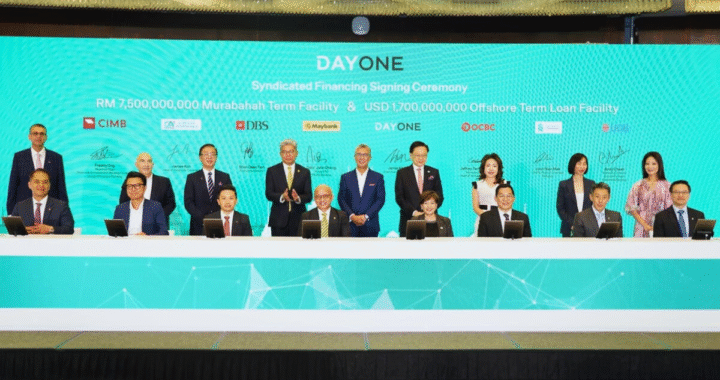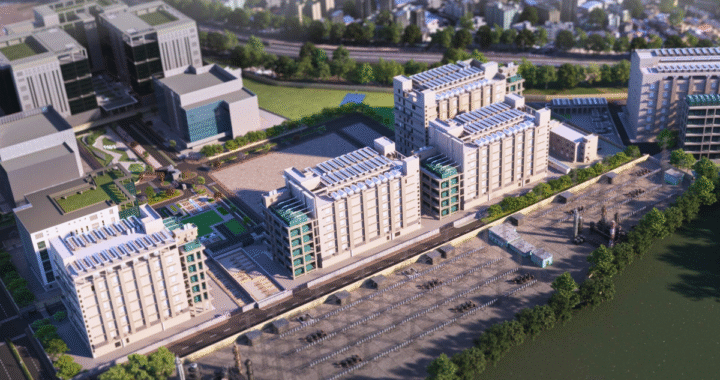Philippines Poised to Emerge as Southeast Asia’s Data Center Powerhouse

The Philippines is fast becoming a cornerstone of Southeast Asia’s digital infrastructure build-out, driven by aggressive government incentives, a young tech-savvy workforce, and rising demand for cloud and artificial intelligence services. Analysts at Mordor Intelligence project the country’s data center capacity will expand at a 14 percent annual clip to reach 954 megawatts by 2029.
Under President Ferdinand R. Marcos Jr., the government has rolled out tax breaks and streamlined permitting to lure major operators. At the World Consumer Electronics Expo and the World of Safety and Security Expo in August 2024, Mr. Marcos noted that some 170,000 engineering, IT, and science graduates enter the workforce each year. “That will ensure a steady supply of professionals who will be working and innovating in these industries,” he said.
National Fiber Backbone Bolsters Connectivity
The Department of Information and Communications Technology forecasts that data center capacity will quintuple to 300 megawatts by 2025. Key to that growth is the administration’s National Fiber Backbone program. Phase 1, launched in April 2024, spans 1,245 kilometers from Laoag in Ilocos Norte to Quezon City, delivering up to 600 gigabits per second and linking government agencies and ecozones. Officials estimate first-phase completion will save PHP 145 million in GovNet operating costs and extend free Wi-Fi to more than 3,000 sites serving 750,000 users in northern and central Luzon.
President Marcos has repeatedly urged deeper investment in data centers, fiber optics, and satellite services to close the digital gap. He told ENDEC Development Corp in March 2023 that such projects are essential “to catch up with other nations in the digital world.” The backbone program ultimately will cover 28,000 kilometers, knitting together Luzon, Visayas, and Mindanao.
Policy Reforms and Investor Invitations
International investors are taking note. At the ASEAN Business and Investment Summit in October 2024, Mr. Marcos invited regional capital to target green metals, battery manufacturing, agribusiness, and data centers. Recent reforms include the CREATE MORE Act, which extends tax incentives for up to 27 years, cuts corporate rates to 20 percent for qualifying firms, and offers full power cost deductions for manufacturers.
Economic data underscore the appeal. The Philippines’ digital-economy growth rate stands at 11 percent, and GDP is forecast by the Asian Development Bank to expand by 6.0 percent this year. With a median age of 25.7 years and strong English proficiency, the country ranks among Asia’s top talent pools. Further, its integrated circuits exports place it fourth globally, and ninth in the Observatory of Economic Complexity’s Economic Complexity Index in Asia among the ECI’s leaders, Japan, Taiwan, South Korea, and Singapore, who all outperform the United States.
For global cloud providers and hyperscale operators, the Philippines offers a culturally familiar gateway to key markets such as Taiwan, Japan, and South Korea. As the region’s data storage demand climbs toward $4 billion by 2027, the nation’s pro-business policies, expanding fiber network, and young workforce position it to compete with established hubs and to shape the next wave of digital growth in Asia.


 Deepfake Wire Fraud: The Growing Liability for Data Centers
Deepfake Wire Fraud: The Growing Liability for Data Centers  Data Centers Confront Rising Threat: When Physical Controls Become Cyber Targets
Data Centers Confront Rising Threat: When Physical Controls Become Cyber Targets  Time to Market – Why Execution, Not Strategy, Is the Philippines’ Digital Pivot
Time to Market – Why Execution, Not Strategy, Is the Philippines’ Digital Pivot  Redefining the Grid – Why the Power System Is the New Data Center Frontier
Redefining the Grid – Why the Power System Is the New Data Center Frontier  Deal Architecture 2.0 – Execution Risk Outpacing Pure Capital Availability
Deal Architecture 2.0 – Execution Risk Outpacing Pure Capital Availability  Cross-Border Complexity – How Hyperscale Is Forcing Horizontal Integration
Cross-Border Complexity – How Hyperscale Is Forcing Horizontal Integration